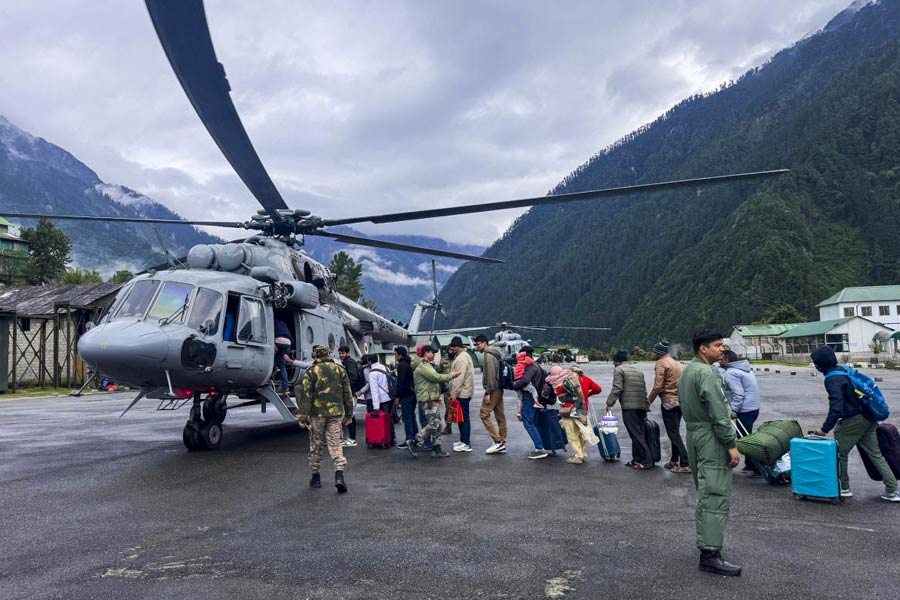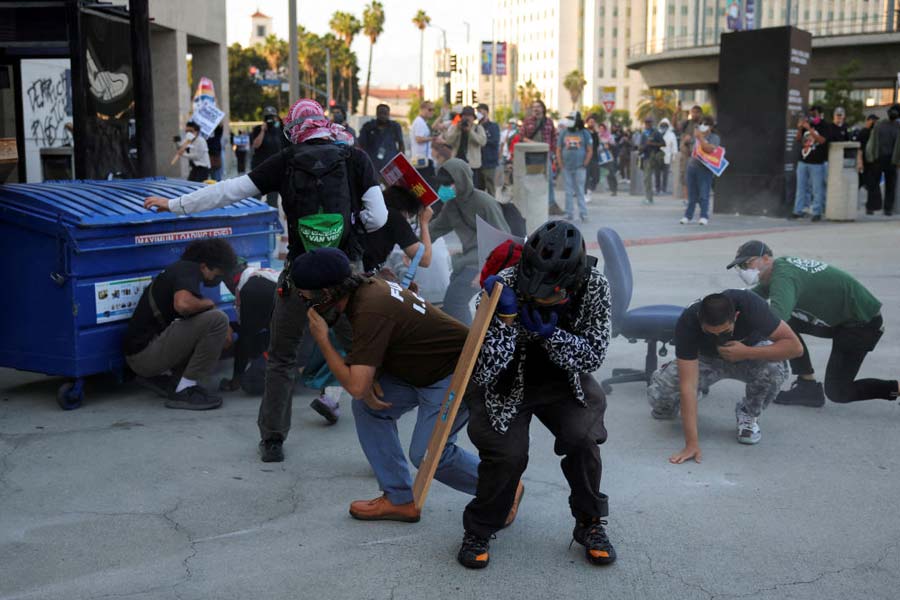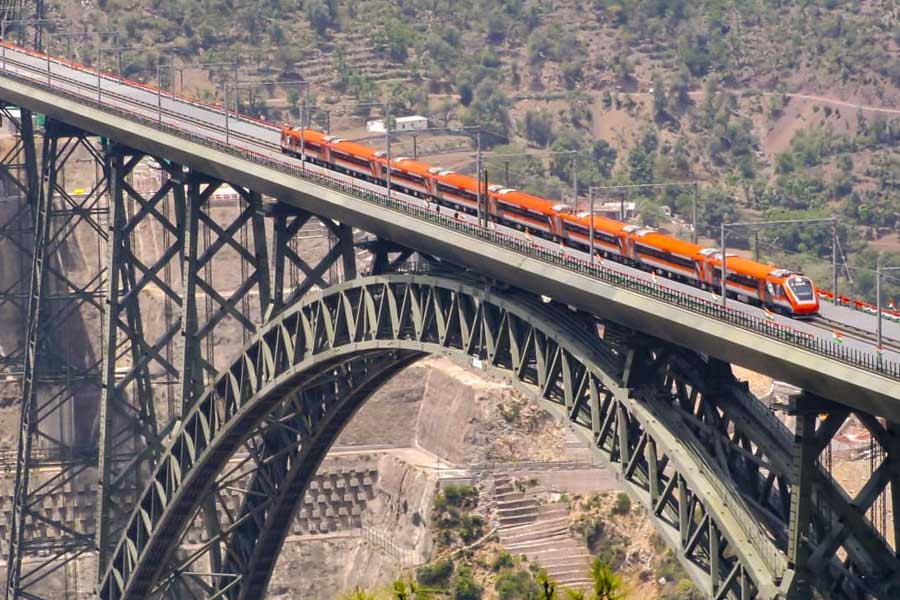New Delhi, Sept. 14: A shroud of secrecy has enveloped the face-off between Indian and Chinese troops at Depsang La, a pass at about 16,000 feet at the south-western entrance to Ladakh's Depsang Plains, where the armies came eyeball-to-eyeball on Friday.
The face-off is not the first in this disputed zone on the Sino-Indian frontier but still of significance because it has happened barely six weeks after India and China opened a formal "Border Personnel Meeting" point at Daulat Beg Oldi in the same sector.
Daulat Beg Oldi, DBO for short, is firmly in Indian control where the Indian Air Force operates the world's highest Advanced Landing Ground (ALG). When the ALG was revived after 43 years in 2008, China objected to its use for military purposes. But the army and the IAF continue to operate it any way.
Since Friday, Indian and Chinese troops have come close at Depsang La, near a camp called Burtse, that is at the entrance to the Depsang Plains, a high-altitude plateau, most of which was occupied by China during the 1962 war and is claimed by it as a part of Aksai Chin.
But parts of the plains, especially a route to DBO that passes from Qizar grounds to Burtse and Depsang La to Track Junction - all posts maintained by the army and the Indo Tibetan Border Police (ITBP), are patrolled by the Indian forces.
The Centre has cancelled a scheduled visit by Union home minister Rajnath Singh to Ladakh this week. He is now likely to visit at the end of the month, pending a resolution of the current stand-off. Unofficially, the home minister was advised to defer the visit because the government did not want political rhetoric to fuel the tension.
Rajnath Singh was scheduled to visit posts at Hot Spring, Thakung and Chushul, the last being another BPM point in south eastern Ladakh.
Sketchy reports culled from sources in New Delhi and the northern command indicate that Indian forces found a Chinese post with a camera on Friday. There is an unwritten understanding that Indian and Chinese forces will not build permanent or semi-permanent structures in a zone of about 10-15 km that lies in between the patrolling limits perceived by each side.
Yet, the Indian forces detected a pillar with a solar-powered camera. Something similar was found by the Chinese at Chumar in Southern Ladakh last year. That too resulted in a stand-off.
The sources said the Indian side had requested for a Flag Meeting. Though the troops have not withdrawn completely from the spot at Depsang La where they came face-to-face, they were understood to have fallen back to acceptable points on either side. One source said the army/ITBP patrol had probably been lax and had it reported the erection of a watchtower in time, the Chinese could have been stopped and situation would not have escalated.
"Even now we believe it is not boiling over; it is manageable", he said, refusing to give details. "But I believe it will require diplomatic intervention," he added.
Both sides have been through the "banner drill", a practice in which the patrols put up banners urging the each other to withdraw.
In April 2013, there was a 21-day stand-off at Raki Nullah, also in the Depsang Plains on a route to DBO.











